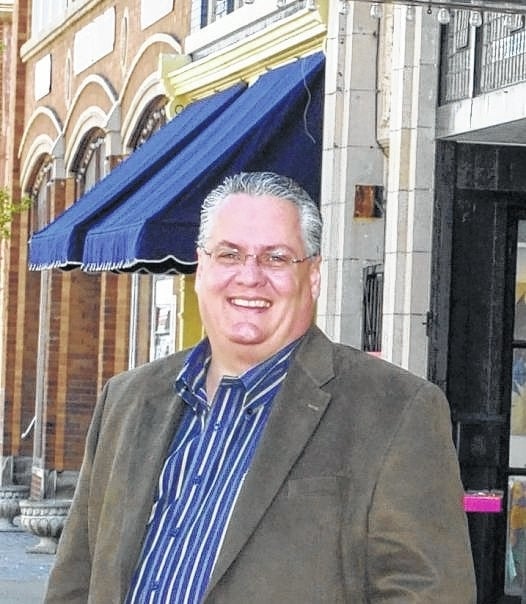


WILMINGTON — Wilmington Council’s Judiciary Committee is considering drafting an ordinance that would incentivize residential development in the city.
The ordinance, if presented to council and summarily adopted as its being discussed now, would create a city-wide Community Reinvestment Area that would allow for tax abatements on residential developments.
Taylor Stuckert, executive director of the Clinton County Regional Planning Commission, theorized the CRA in his Wilmington Comprehensive Plan, and said the abatements would focus on “revitalizing the city core, drawing residential development into the city.
“For the first time in history, Wilmington is majority rental property,” at about 51 percent of all property, he told the Wilmington News Journal. “The city sees that as an issue it wants to address.”
Rob Jaehnig, Wilmington Council’s Fourth Ward representative and chair of the Judiciary Committee, agreed, saying the ordinance could encourage people to build homes in Wilmington, rather than outside it.
“That’s just not healthy for communities,” said Jaehnig. “Talking to landlords, their occupancy rate is low. When they do have renters, what they’re getting isn’t enough to allow them to properly upkeep the property.”
Other members of the Judiciary Committee include Joe Spicer, Wilmington Council’s Third Ward representative and Randi Milburn, who is an at-large member of Wilmington Council.
As currently discussed, an abatement would apply to the property’s improvement and be scaled based on the type of development and the type of lot upon which the improvement was built.
If, for instance, a $100,000 house was built on a vacant lot, the resident would be taxed for the lot for five years, if the ordinance is drafted and passed as discussed. After the abatement expires, the house would be taxable, too.
“If you consider that the lot is currently assessed at its non-house value, to put a house on there all of a sudden, that’s going to be a big savings over the life of the abatement,” said Stuckert at the Judiciary Committee meeting.
Jaehnig said only the primary resident could take advantage of the abatement, but said those selling homes could give them to the buyer, using the abatement as a selling point.
Jaehnig stressed that the revenues forgone would be future revenues based on improvements, not the city’s current tax base.
Stuckert said the proposed abatements range from five years to 15, based on the development done. Homes built on vacant lots would get the minimum, while building homes on existing lots with existing city infrastructure would get the most.
“It’s in the city’s best interest to strategically target those properties [with existing infrastructure],” he told the Judiciary Committee. “You already have the services running there, you’re basically losing money by having nobody tapping into those utilities.”
At the committee meeting, Stuckert said the city and the townships are competing for residential development, and the CRA would tip the odds in Wilmington’s favor.
“(Union, Wayne, Wilson and Richland) townships aren’t worried about that competition because they would prefer development to take place in the city and not continue to gobble up farmland in the townships,” he said. “The consensus I got was that we want development to be focused towards existing development, towards existing infrastructure. We don’t want to see continued sprawl in the townships.”
Stuckert presented land use plans for those four townships to the Clinton County commissioners for adoption. In those plans, the townships have centered development in areas where the land has already been developed and attempts to keep agricultural land agricultural.
Stuckert said the city must pass an ordinance to petition the state to create the CRA in Wilmington. The CRA, as discussed, would encompass the entire city and only affect residential development, but could cover specific areas or other types of development if amended by council.
“The cost of these incentives is far outweighed by the potential benefit,” Stuckert said at the Judiciary Committee meeting. It would not just bring in development and investment, he said, but also people.
Reach Nathan Kraatz at 937-382-2574, ext. 2510 or on Twitter @NathanKraatz.



